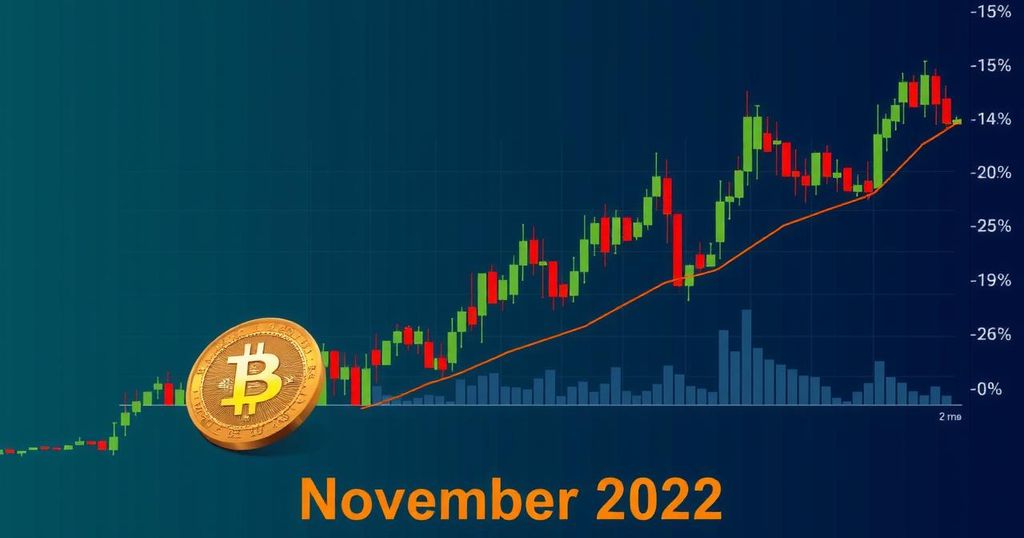Surging Odds of Rate Cuts: Implications for Bitcoin’s Future
Recent data from Polymarket indicates a notable increase in the likelihood of a substantial interest rate reduction, with the probability of a 50 basis point cut climbing to 40%, a sharp rise from the 20% reported just two days prior. Short-term interest rate futures corroborate this trend, suggesting that a 50 basis point decrease is now more probable than a 25 basis point adjustment.
This shift in market sentiment was catalyzed by the release of the July Job Openings and Labor Turnover Survey (JOLTS), which revealed that the job openings rate had decreased to 4.7%, in conjunction with a slight uptick in the layoff rate to 1.2%. Nick Bunker, Research Director at Indeed, commented that while the cooling of the labor market is not as severe as preliminary reports indicated, it is indisputably evident that a cooling trend persists. Further analysis by Daniel Zhao, Lead Economist at Glassnode, also supports the observation of an overall decline in labor market dynamics.
As market participants brace for the forthcoming August jobs report, which is set to be released on Friday, it is becoming increasingly challenging for American workers to secure employment, marking a shift from the previously robust job market dynamics.
Interestingly, the anticipated increase in interest rates may play a favorable role for Bitcoin, currently priced at $57,461 according to CoinGecko. Notably, former BitMEX CEO Arthur Hayes has issued a forecast suggesting that the price of Bitcoin could face downward pressure, potentially retreating to the $50,000 range. This outlook comes in conjunction with his earlier predictions that Bitcoin would experience a resurgence in September.
Despite the potential adverse market conditions, there is optimism that a dovish stance by the Federal Reserve could serve as a significant bullish catalyst for risky assets, including cryptocurrencies. Nevertheless, due to historical performance trends, market participants hold modest expectations for Bitcoin in September, as it has traditionally been one of its weakest months.







Post Comment